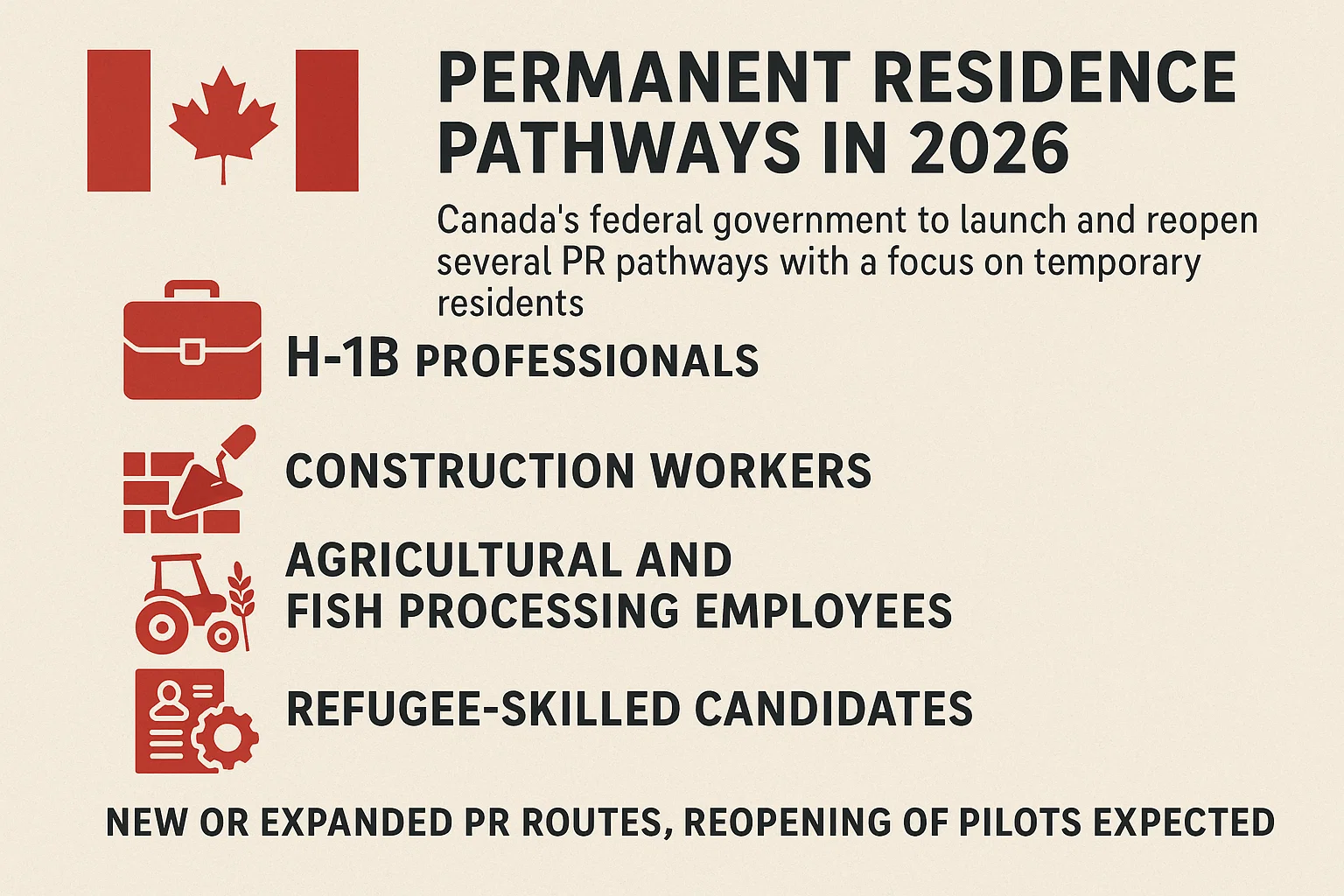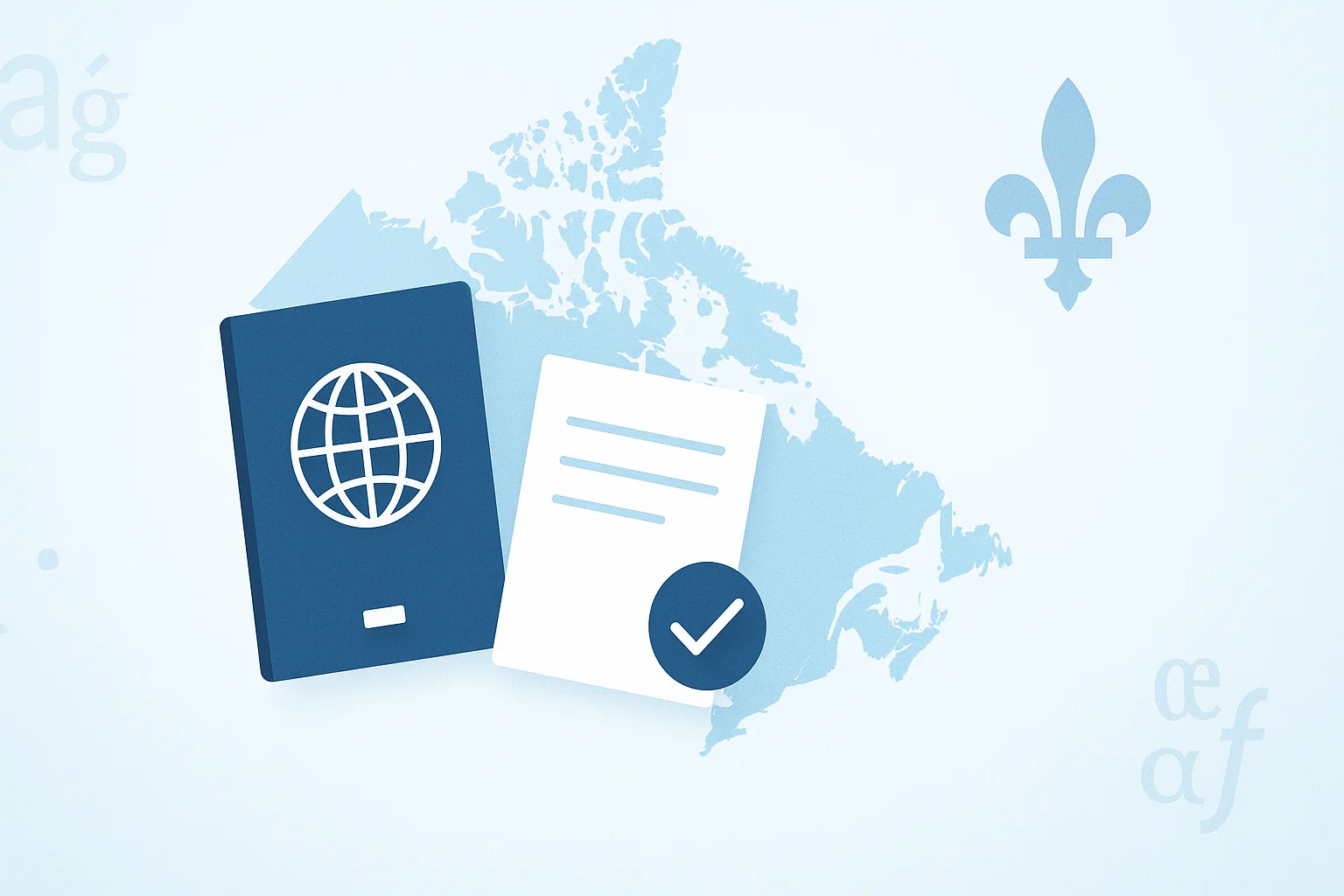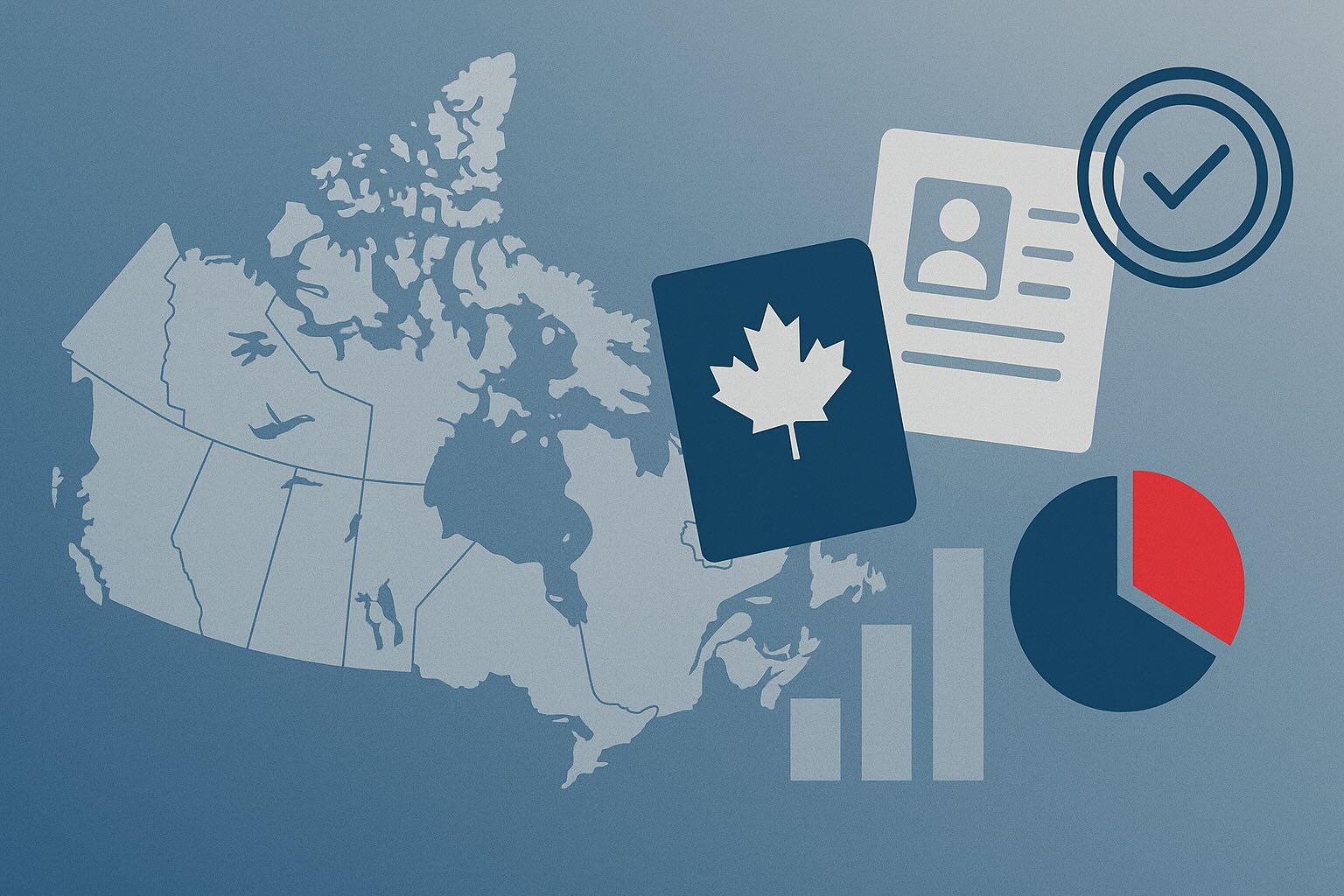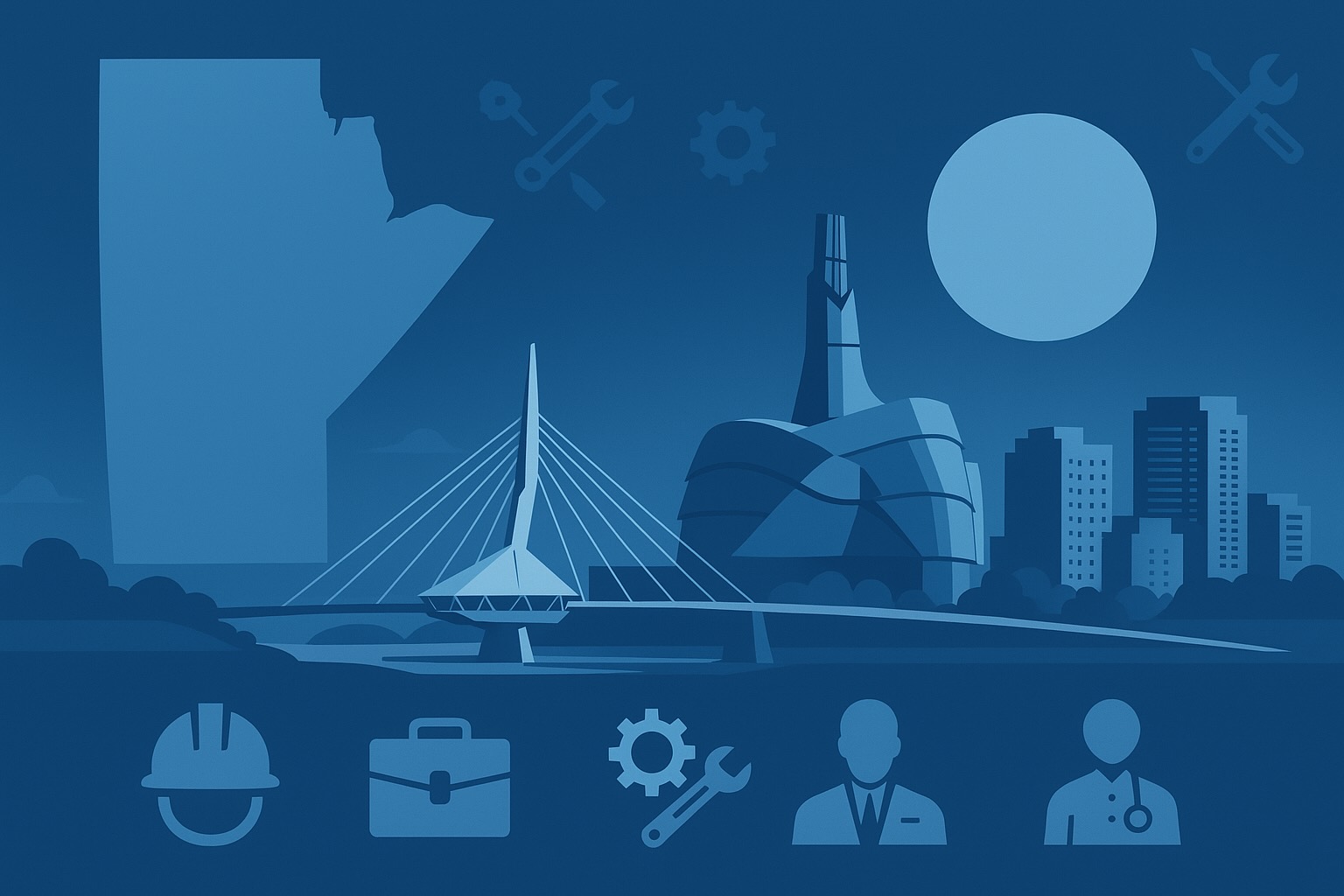
1. Release Date and Overall Direction
On November 4, 2025, Immigration, Refugees and Citizenship Canada (IRCC) unveiled the Immigration Levels Plan 2026–2028.
Under the new plan, Canada will admit 380,000 permanent residents per year, within a range of 350,000 to 420,000.
This signals the beginning of a “stabilization phase,” prioritizing higher proportions of economic-class immigrants, regional balance, and increased francophone immigration, while managing the growth of temporary residents.
The plan also integrates temporary resident quotas into the long-term immigration framework and includes a provision to transition 33,000 work permit holders to permanent residency between 2026 and 2027.
2. Key Figures for 2026–2028
1. Permanent Residents
| Year | Total Admissions (Range) | Economic Class | Family Reunification | Humanitarian & Other | Francophone Outside Quebec |
|---|---|---|---|---|---|
| 2026 | 380,000 (350k–420k) | 239,800 | 84,000 | 56,200 | 9% (≈30,267) |
| 2027 | 380,000 (350k–420k) | 244,700 | 81,000 | 54,300 | 9.5% (≈31,825) |
| 2028 | 380,000 (350k–420k) | 244,700 | 81,000 | 54,300 | 10.5% (≈35,175) |
2. Temporary Residents
| Year | Total | Foreign Workers | International Students |
|---|---|---|---|
| 2026 | 385,000 | 230,000 | 155,000 |
| 2027 | 370,000 | 220,000 | 150,000 |
| 2028 | 370,000 | 220,000 | 150,000 |
3. Policy Focus and Trends
1. Shift Toward Stabilization
Unlike previous years of rapid expansion, the plan fixes annual intake at 380,000, reflecting the government’s intent to manage growth responsibly.
This approach ensures immigration aligns with the nation’s housing supply, infrastructure capacity, and social services.
2. Economic Immigration Remains Central
Economic-class immigrants continue to form the cornerstone of Canada’s immigration system.
In 2026, nearly 240,000 newcomers are expected to arrive through programs such as Express Entry and the Provincial Nominee Program (PNP), accounting for roughly 63% of total admissions.
This focus will continue through 2028, emphasizing sectors facing acute labor shortages—such as construction, healthcare, technology, and the skilled trades.
3. Controlled Temporary Resident Growth
For the first time, temporary residents—including work permit holders and international students—are explicitly included in Canada’s long-term immigration framework.
The plan gradually reduces the total number of temporary residents from 385,000 in 2026 to 370,000 by 2028, reflecting efforts to ease pressure on housing and public services.
4. Growth in Francophone Immigration
The share of francophone immigrants outside Quebec will rise from 9% in 2026 to 10.5% by 2028, demonstrating the federal government’s commitment to bilingualism and strengthening French-speaking communities across Canada.
4. Policy Implications and Impact
1. Labour Market
The plan prioritizes economic-class immigration to address an aging population and persistent labour shortages.
Sectors such as construction, healthcare, and information technology will continue to benefit from skilled newcomers who help sustain productivity and growth.
2. Housing and Infrastructure
Years of rapid population growth have strained housing supply and infrastructure.
A stable immigration level allows municipalities to align housing development, transit, and public service delivery with population needs.
3. Higher Education and Study Permits
The reduced international student intake will push Canadian institutions to shift from “quantity” to “quality,” potentially affecting schools that rely heavily on tuition revenue from international students.
4. Employers and Provincial Governments
With tighter limits on temporary foreign workers, some industries may experience short-term labour shortages.
Provinces will need to recalibrate their PNP allocations and settlement planning to align with the federal stabilization framework.
5. Overall Assessment
The Immigration Levels Plan 2026–2028 represents a strategic shift from rapid expansion toward long-term stability. It is built upon four key principles:
- Maintaining steady permanent resident admissions;
- Strengthening economic and francophone immigration streams;
- Moderating temporary resident growth;
- Enhancing transparency and intergovernmental coordination.
This framework balances economic needs with Canada’s social and infrastructural capacity, laying the foundation for sustainable immigration management over the next three years.
As details emerge regarding provincial allocations, Express Entry category-based draws, and new pathways for temporary residents to transition to permanent status, Canada’s new “stabilization era” in immigration policy is now officially underway.









